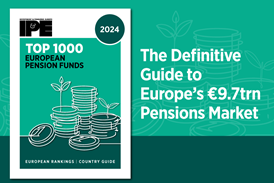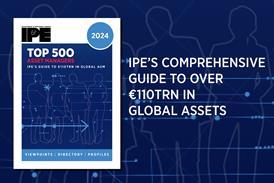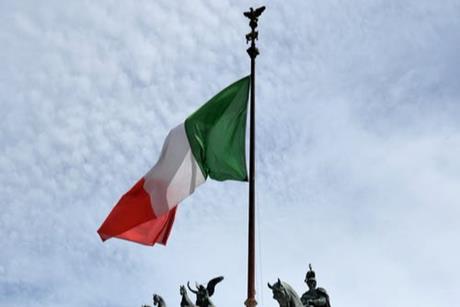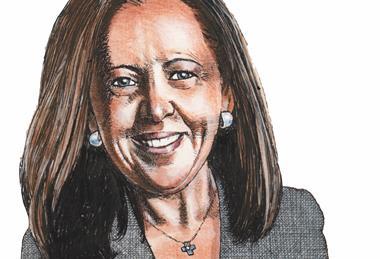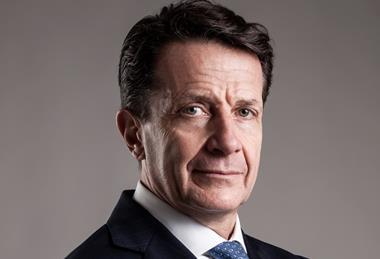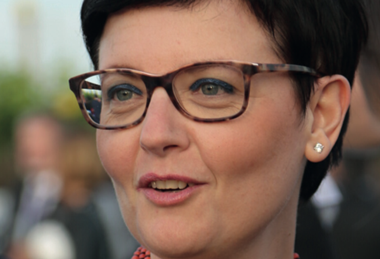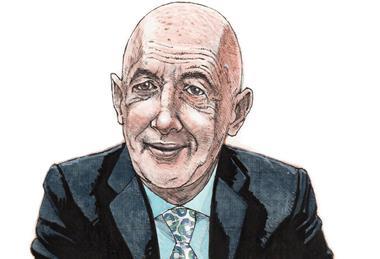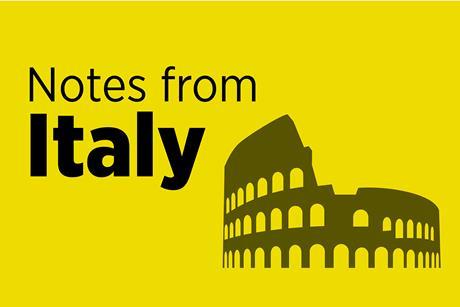Italy: Pensions and Investment News and Analysis
A main preoccupation of successive governments has been tweaks to the state pension age in particular the retirement age: political aspirations from both left and rights continually hit the buffers of fiscal reality. The current early retirement system will be phased out by the current government, unless it finds a way to replace it. Italy’s workplace occupational pension system in fact works quite well, with a moderate amount of pension assets relative to the size of the country’s economy, but including an established auto-enrolment component that has been attracting the attention of EU policymakers of late.
Pension Funds in Italy - Country Report
Italy Country Report 2024: How local pensions could support the economy
The Italian pension industry and policymakers are discussing ways to channel more pension investment towards the country’s business sector
TOP ITALIAN PENSION FUNDS 2024
Pension fund/entity | Assets (€’000)
- Fondazione ENPAM | 26,221,000
- Cassa Nazionale di Prev. e Assist. Forense | 17,855,000
- Previndai-Fondo Pensione | 14,505,681
- Fondo Pensione COMETA | 13,894,503
- Inarcassa | 13,433,000
©IPE Research; View the Top 1000 European Pensions Funds 2024 for a comprehensive market overview
Italian pension funds in focus as strategic national fund seeks capital boost
The fund aims to raise between €1bn and €1.5bn in capital before engaging with international and large-scale investors
Italy’s largest pension funds outperform in 2024 amid governance overhauls
Enpam surpasses targets, while Cassa Forense posts double-digit returns and Inarcassa boosts private market exposure
Fondo Telemaco reshapes investment portfolio with new managers for €2.4bn
The appointments are part of a broader shift in the fund’s asset allocation, aimed at increasing equity exposure and simplifying its fixed income structure
How Italy’s first-pillar pension funds are navigating uncertainty
Enpab and Inarcassa have made bold asset allocation decisions to contain drawdowns, while Cassa Nazionale del Notariato is relying on diversification
Fopen selects Schroders for €120m private equity mandate
The pension fund for energy firm Enel is also boosting exposure to private debt, committing €105m through Progetto Zefiro
TOP MANAGERS: ITALIAN INSTITUTIONAL ASSETS
Company | Assets (€m)
- Generali Investments | 204,903*
- Eurizon Asset Management | 180,054
- Anima Holding | 136,113
- Amundi | 64,824
- AXA Investment Managers | 35,666**
- Allianz Global Investors | 30,498***
- BlackRock | 21,920
- Morgan Stanley Investment Management | 16,747***
- Fondaco | 12,593***
- BNP Paribas Asset Management | 10,717
As at 31.3.24, *29.04.24, **29.12.23, ***31/12/23
©IPE Research; Sign up to IPE Profesional to see all the data in the latest country report
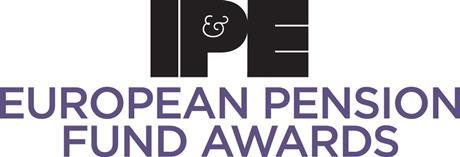
IPE BEST PENSION FUND IN ITALY AWARD WINNERS
- 2023 - Cassa Nazionale del Notariato | Fondo Pensioni Del Personale Gruppo BNL/BNP Paribas Italia
- 2022 - Fondo Pensione Nazionale BCC/CRA
- 2021 - Fondo Pensione Nazionale BCC/CRA | PrevAer
- 2020 - Fondoposte
- 2019 - Fondo Pensione Laborfonds
Interviews
- Previous
- Next
Italy needs a serious debate about pensions
Italian policymakers are bent on indulging the relatively small but influential minority of Italians that is nearing retirement, but lament that the statutory retirement age of 67 is too high. The reform efforts of past years have been towards reducing the retirement age or increasing flexibility in retirement. The resources employed towards supporting second-pillar pensions have been next to none.
Italian pension funds in focus as strategic national fund seeks capital boost
The fund aims to raise between €1bn and €1.5bn in capital before engaging with international and large-scale investors
Italy’s largest pension funds outperform in 2024 amid governance overhauls
Enpam surpasses targets, while Cassa Forense posts double-digit returns and Inarcassa boosts private market exposure
Fondo Telemaco reshapes investment portfolio with new managers for €2.4bn
The appointments are part of a broader shift in the fund’s asset allocation, aimed at increasing equity exposure and simplifying its fixed income structure
How Italy’s first-pillar pension funds are navigating uncertainty
Enpab and Inarcassa have made bold asset allocation decisions to contain drawdowns, while Cassa Nazionale del Notariato is relying on diversification
Fopen selects Schroders for €120m private equity mandate
The pension fund for energy firm Enel is also boosting exposure to private debt, committing €105m through Progetto Zefiro
Italy’s Previndai sidesteps defence play despite sector boom
No changes to the strategic asset allocation are expected in relation to the announced European ‘rearmament’ plan, says Previndai
Italian private credit-focused DC consortium commits more capital, turns to ELTIF
Progetto Zefiro, the consortium of Italian DC pension funds dedicated to private credit, is making new commitments, to be deployed via ELTIF vehicles
Italian investors grapple with ban on controversial weapons investments
Pension regulator COVIP, Bank of Italy, IVASS, and the Ministry of Finance published guidelines but no exclusion list
Enpam targets innovative firms with €190m investment
The Italian pension fund for doctors plans to keep its private markets allocation stable, targeting 12-13% returns in private equity and 7-8% in private debt
CONSOB committee pushes to force Italian schemes to invest in SMEs’ equities
Italian pension funds only invest 1.8% of total assets in equities of domestic companies, according to pensions regulator COVIP




